Once upon a time, mass shootings were rare. They're still rare, just not as rare as they used to be. Plus, lacking a 24-hour news cycle, we didn't make these killers quite as famous as they are today. We let their misdeeds die, thus failing to encourage others to lash out similarly.
Perhaps the most famous of these earlier massacres, as part of my apparent series looking at past massacres, is the University of Texas Tower Shooting back in 1966.
Charles Whitman, a Marine Corps veteran and Eagle Scout with a reportedly high IQ and a lengthy history of academic excellence before it took a nosedive in college while serving, decided to take a number of firearms up to the top of the clock tower at the University of Texas. He'd previously remarked to a classmate that someone could hold off an army up there before they could take him out.
He decided to test that.
First, he killed his wife and mother, then climbed to the observation deck of the clock tower. Over the next two hours, he opened fire, killing and injuring scores of people before the police took him down.
By the time everything was done, Whitman had left 15 innocent people dead as of right then and injured 31. He was also killed.
Two others died later, one a week after the incident and another decades later, but still due to his injuries at the time. These are not counted in the 31 people I cited above. They should be added to the death toll, raising it to 17 innocent souls. One of those was an unborn baby.
This is one of the most notorious mass shootings in American history, and yet, when you look at the typical response to such incidents today, none of the measures presented would have prevented something like this from happening.
For example, let's talk about assault weapon bans, since those are pretty popular with the anti-gun crowd.
Whitman had a number of firearms with him that fateful day. Only one of them had a detachable magazine--a common "feature" cited in assault weapon bans--and it had only one other feature that might have labeled it as an "assault weapon." That firearm was an M1 Carbine, which has a box magazine that can be removed, but has a wood stock, no pistol grip, or anything of the sort. It likely had a bayonet lug--Whitman actually had a bayonet with him--but it still would have likely survived most assault weapon bans.
Currently, anti-gunners in Congress are trying to rally around the GOSAFE Act, which goes after gas-operated firearms like the AR-15. The M1 Carbine wouldn't be covered by this law, though, as it's not considered gas-operated.
Whitman did have a gas-operated firearm, though. He had a Sears Model 60 shotgun, which was a gas-operated semi-automatic firearm, but it had no detachable magazine or other feature commonly considered necessary for a gun to be considered an assault weapon.
Most of his weapons, though, were far more pedestrian. His Remington 700 was likely the primary weapon used in the shooting, and that was a bolt-action rifle.
Whitman's rampage had to have been terrifying for people at the University of Texas, but for our purposes today, it's important to remember that there are still a lot of elevated positions with little security and absolutely no interest expressed in banning most of the guns Whitman had access to that day.
At least, not as of right now. That will likely come.
But the truth of the matter is that, as I've illustrated with these other massacres, all it takes is the intention to kill. From flintlock and clubs to dynamite, bad people do bad things. Laws won't stop murderous intentions. Good guys with guns, though?
That works just fine.

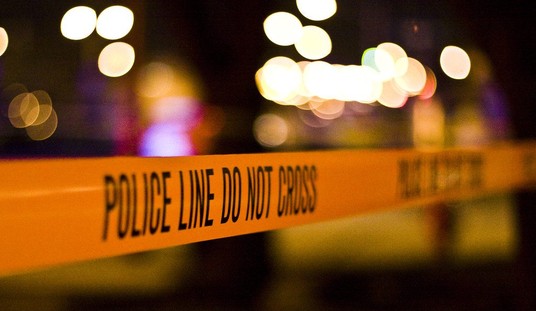
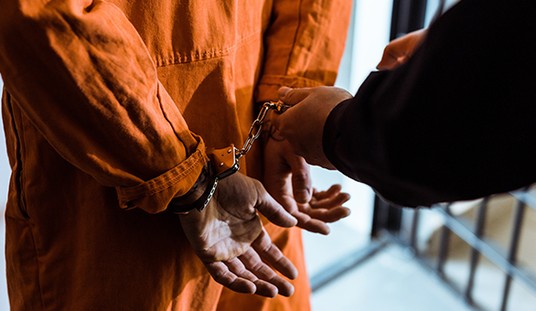


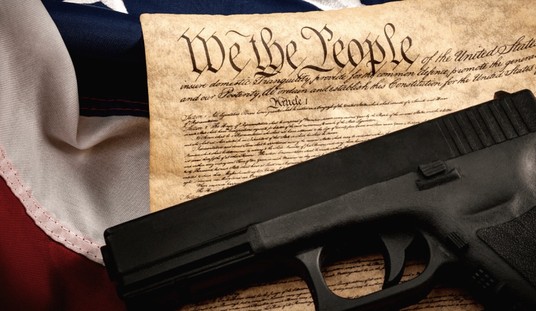
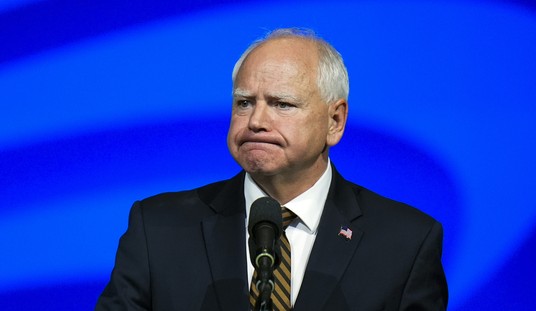

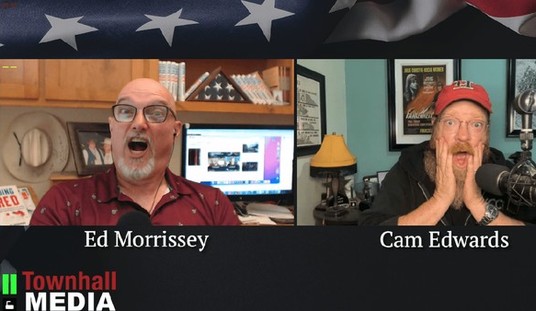
Join the conversation as a VIP Member